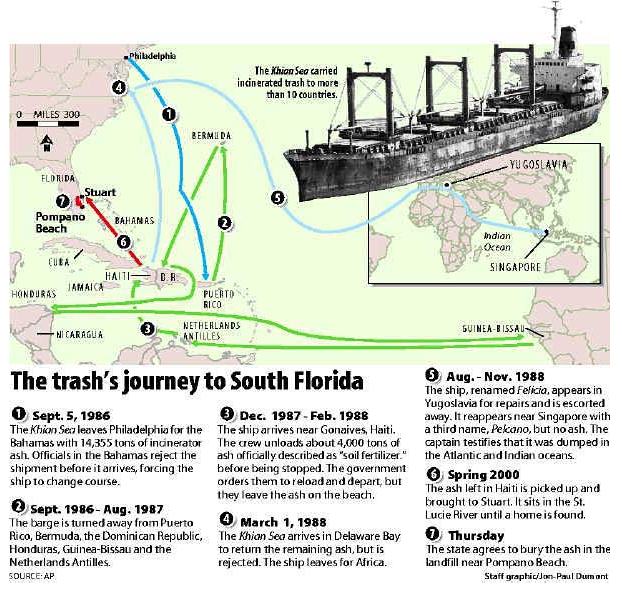The rise of e-waste pollution in the wake of the Covid-19 pandemic
Lockdown, early 2020.
The Covid-19 pandemic that swept the world signalled the start of the majority of the population working or studying from home, via their own personal electronic devices.
The transition to Work-From-Home (WFH) schemes and online classes led to an increase in the consumption of personal devices such as monitors, laptops and other electronic accessories.

The average Work-From-Home (WFH) setup consists of multiple electronic devices, and often more than one monitor (Lovelace, 2020).
In the second quarter of 2020, the personal computing devices (PCD) industry saw a 11.2% year-on-year growth in the sales of desktops, laptops and other related devices (Yu et al., 2020). I myself am guilty of this, having purchased a new monitor to make attending classes from home more comfortable. With many people stuck at home with limited forms of entertainment, many turned to gaming as hobbies. The gaming industry also enjoyed a considerable amount of growth in the wake of the pandemic, with console sales increasing by 155% (Yu et al., 2020). Naturally, with greater consumption comes greater waste generation.
Besides causing the consumption levels of electronic devices to skyrocket, the pandemic also had a significant impact on the the e-waste chain, disrupting processes such as collection and transportation. For instance, the collection frequency of e-waste was affected, while a decrease in workers availability and safety was observed, as well as an increase in retrenchment (Dutta et al., 2021).
As established in my previous posts, there was already an emerging global problem of e-waste prior to the Covid-19 era. Thanks to the pandemic, the problem has escalated even more rapidly. It is thus even more imperative that we take action to address the rapidly escalating issue of e-waste pollution—before it’s too late.
References
Dutta, D., Arya, S., Kumar, S., & Lichtfouse, E. (2021). Electronic waste pollution and the COVID-19 pandemic. Environmental Chemistry Letters, 20(2), 971-974. https://doi.org/10.1007/s10311-021-01286-9.
Lovelace, B. (2020). Best computer monitors for 2020 under £500. Mirror. Retrieved 12 February 2022, from https://www.mirror.co.uk/tech/best-computer-monitors-2020-under-21799456.
Yu, D., Yu, K., & Tan, R. (2020). Implications of the pandemic-induced electronic equipment demand surge on essential technology metals. Cleaner and Responsible Consumption, 1, 100005. https://doi.org/10.1016/j.clrc.2020.100005.

:no_upscale()/cdn.vox-cdn.com/uploads/chorus_asset/file/21956540/image__5_.png)




